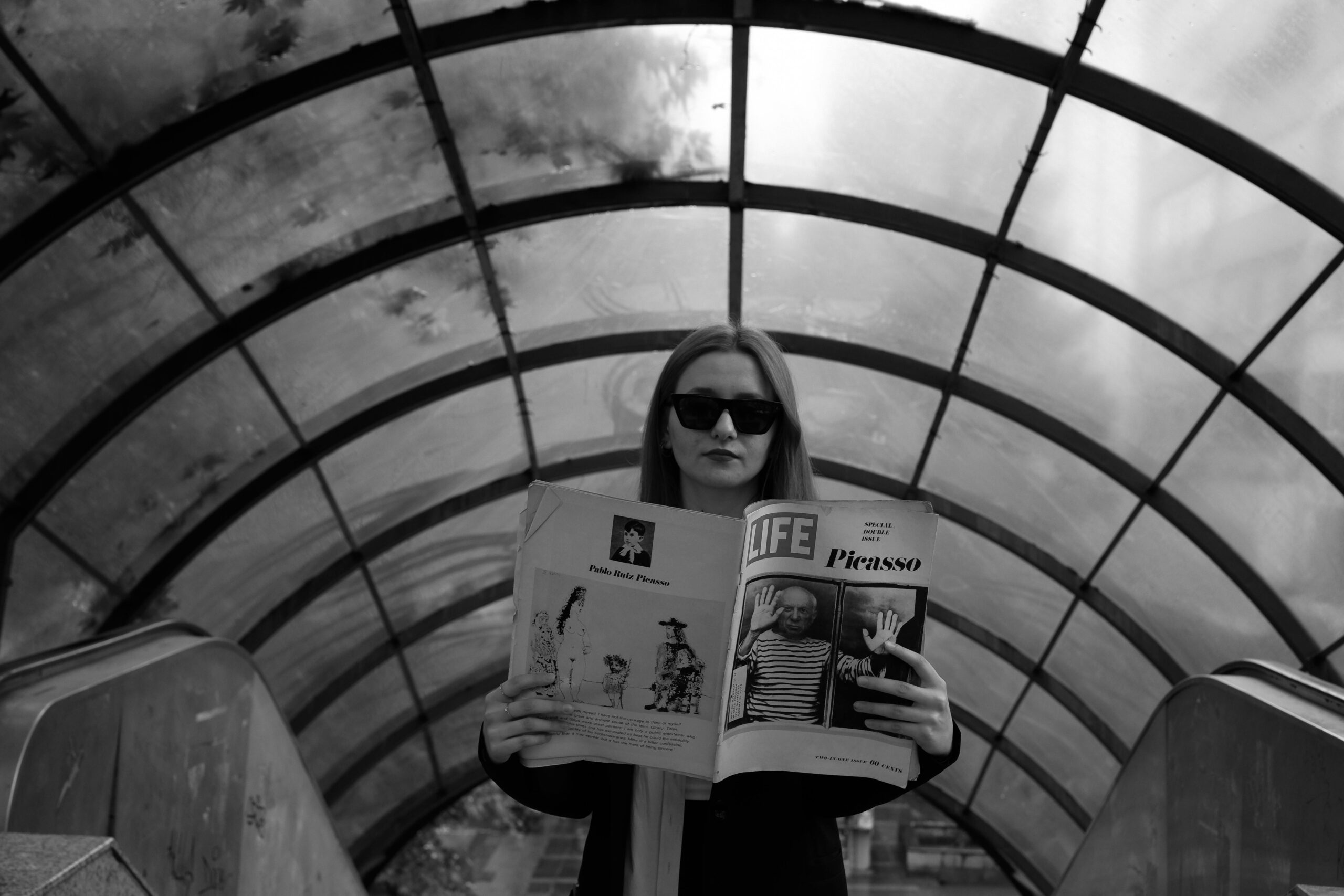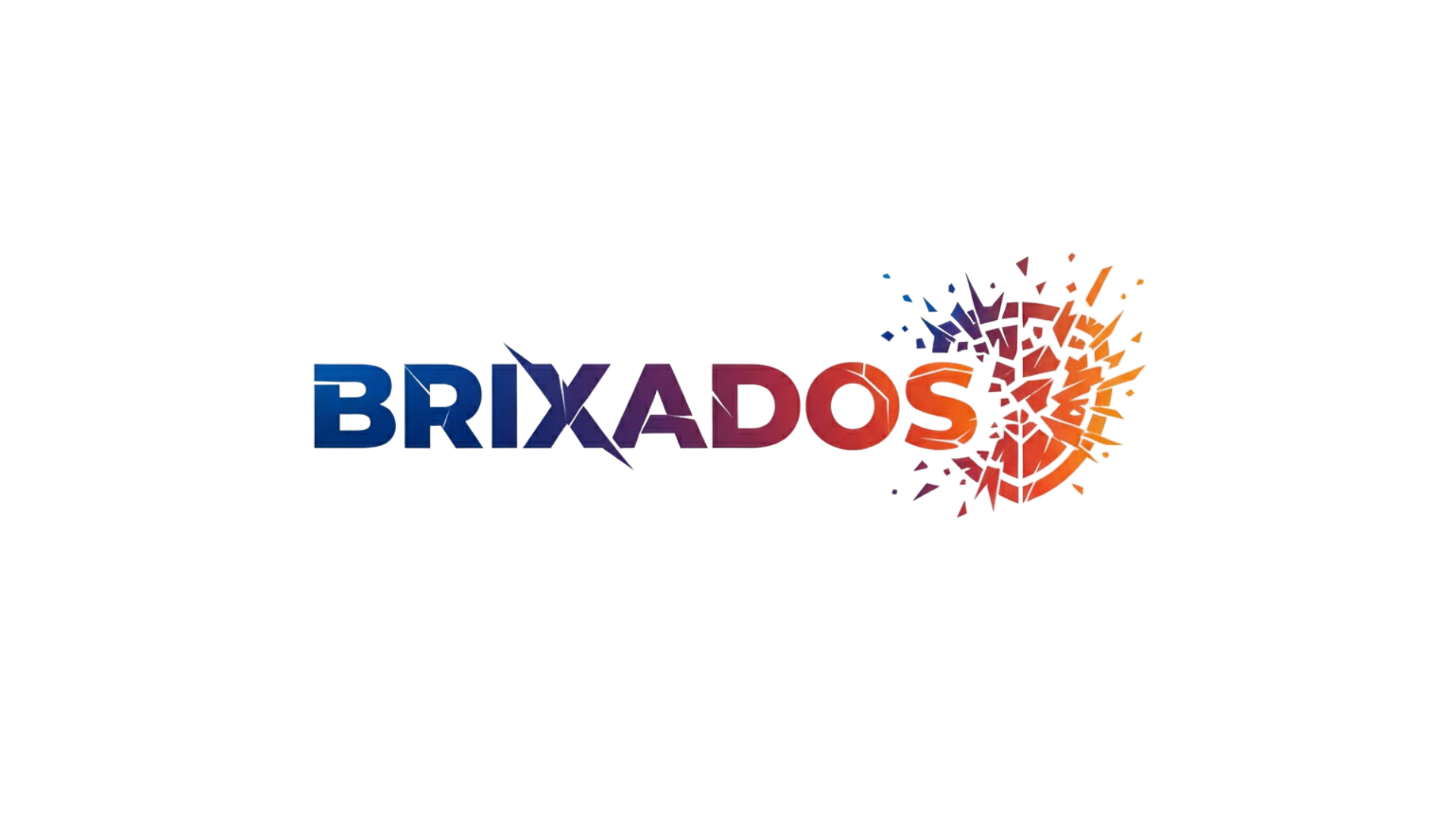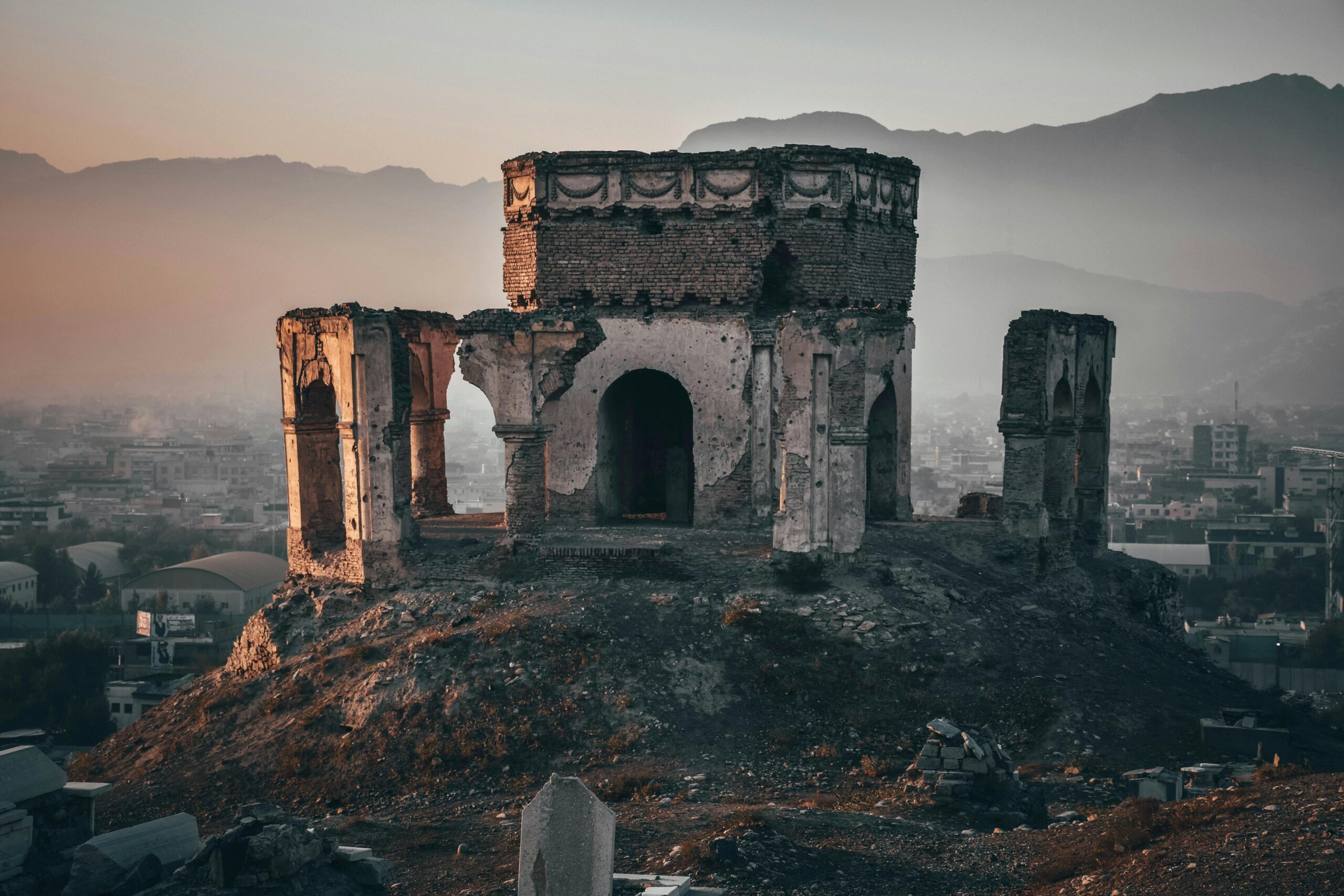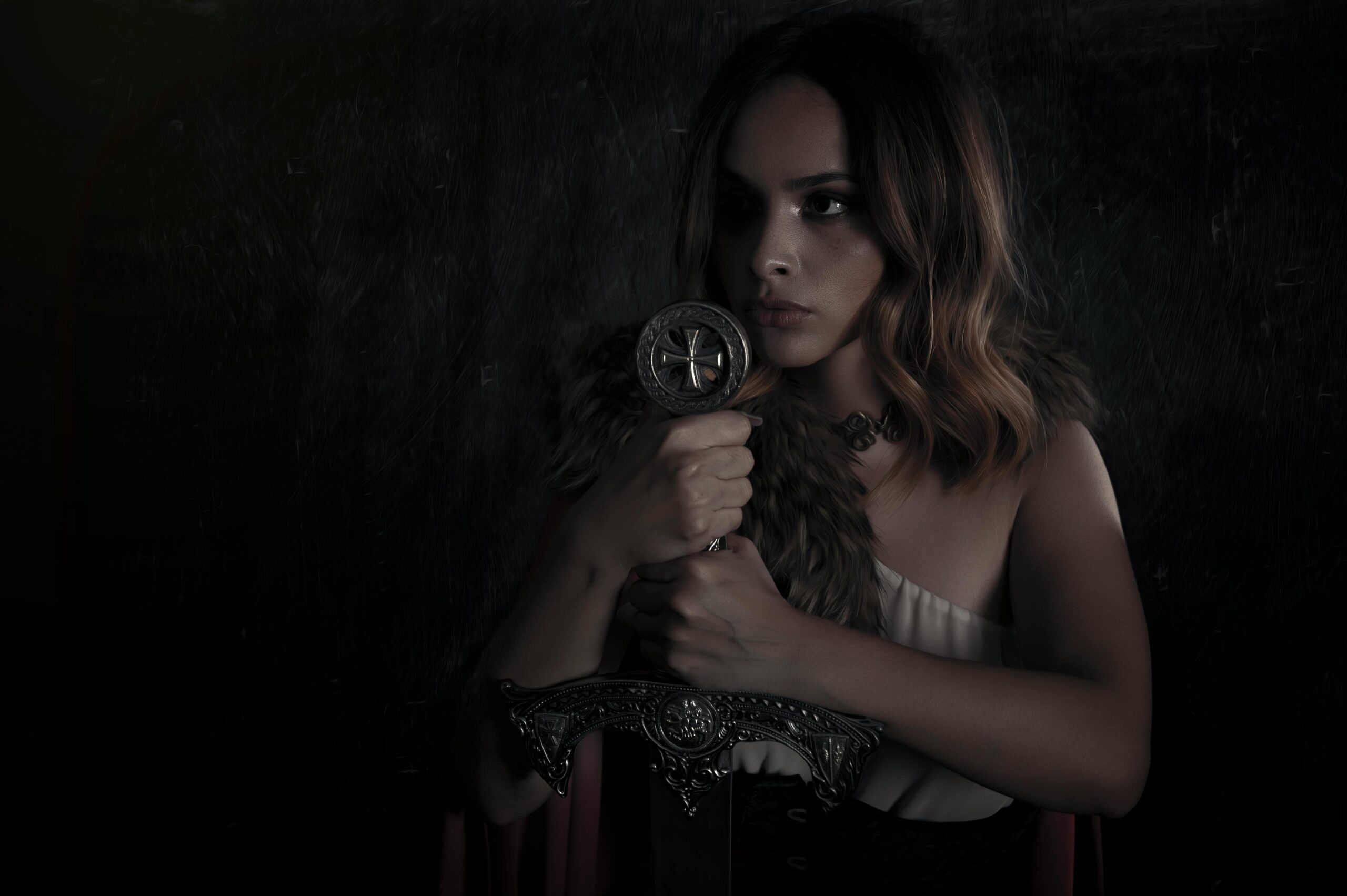Archetypal story structures have guided storytellers for centuries, offering proven frameworks that resonate deeply with audiences across cultures and generations worldwide.
From ancient myths to modern blockbusters, these timeless patterns form the backbone of narratives that captivate, inspire, and transform readers and viewers. Understanding these structures isn’t just academic exercise—it’s a practical tool that can elevate your storytelling craft to extraordinary new heights.
Whether you’re a novelist drafting your first manuscript, a screenwriter developing the next hit series, or a content creator building brand narratives, mastering archetypal story structures provides the roadmap to crafting stories that stick. These patterns work because they’re hardwired into human psychology, reflecting the universal experiences that connect us all.
🎭 The Foundation: What Are Archetypal Story Structures?
Archetypal story structures are narrative blueprints that have appeared consistently throughout human storytelling history. These patterns emerged naturally across different civilizations, suggesting they tap into something fundamental about how we process and understand experiences.
The concept gained significant academic attention through Carl Jung’s work on collective unconscious and archetypes, later applied to storytelling by scholars like Joseph Campbell. These structures aren’t rigid formulas but flexible frameworks that provide guidance while leaving room for creativity and innovation.
At their core, archetypal structures recognize that certain narrative shapes feel inherently satisfying to human audiences. They create expectations, build tension, and deliver resolutions in ways that feel both surprising and inevitable—the hallmark of great storytelling.
Think of these structures as the architectural plans for your narrative house. Just as buildings need solid foundations and load-bearing walls, stories need structural integrity to support the weight of characters, themes, and emotional resonance you’re building.
📚 The Hero’s Journey: Campbell’s Timeless Template
No discussion of archetypal structures is complete without examining Joseph Campbell’s monomyth, better known as the Hero’s Journey. This seventeen-stage pattern appears in myths, legends, and stories across virtually every culture on Earth.
The Hero’s Journey begins in the Ordinary World, where the protagonist lives before adventure calls. This familiar starting point creates contrast with the extraordinary events to come, making the transformation more dramatic and meaningful for audiences.
The Call to Adventure disrupts the status quo, presenting an opportunity or challenge that the hero initially refuses. This refusal is crucial—it makes the hero relatable and their eventual acceptance of the quest more significant and earned.
Meeting the Mentor provides the hero with wisdom, gifts, or training necessary for the journey ahead. From Obi-Wan Kenobi to Gandalf, from Mr. Miyagi to Dumbledore, the mentor archetype guides countless beloved narratives across genres and mediums.
Crossing the Threshold marks the point of no return, where the hero commits fully to the adventure. The journey then progresses through tests, allies, enemies, and the crucial Ordeal—the darkest moment where all seems lost.
The Reward follows the Ordeal, but the journey isn’t over. The Road Back presents new challenges as the hero returns to the Ordinary World, transformed and bearing gifts or knowledge that benefit their community.
Modern Applications of the Hero’s Journey
Contemporary storytellers have adapted Campbell’s structure for various formats and audiences. Star Wars famously follows this pattern almost precisely, while films like The Matrix, Harry Potter, and The Lion King demonstrate its versatility across genres.
The structure works because it mirrors the psychological journey of individuation—the process of becoming a complete, integrated person. Audiences unconsciously recognize this pattern as reflecting their own life challenges and potential transformations.
However, effective use requires understanding when to follow and when to subvert expectations. The best contemporary narratives use the Hero’s Journey as a foundation while adding unique twists that keep audiences engaged and surprised.
⚡ The Three-Act Structure: Hollywood’s Workhorse
While the Hero’s Journey provides a detailed roadmap, the Three-Act Structure offers a simpler, more flexible framework that has dominated screenwriting for decades. This structure divides narratives into Setup, Confrontation, and Resolution.
Act One establishes the world, characters, and central conflict, typically occupying the first quarter of the story. This act introduces the protagonist’s status quo and the inciting incident that disrupts it, propelling them into the main story.
The first plot point—usually occurring around the 25% mark—dramatically changes the protagonist’s situation and locks them into the central conflict. There’s no easy way out; the character must engage with the challenge ahead.
Act Two forms the story’s longest section, typically comprising half the narrative. This act explores the conflict through rising action, complications, and the midpoint—a major event that shifts the story’s direction or reveals crucial information.
The second plot point, near the 75% mark, represents the lowest moment for the protagonist. All seems lost; the goal appears impossible. This dark night of the soul tests the character’s resolve and forces them to dig deeper.
Act Three delivers the climax and resolution, where the protagonist applies everything they’ve learned to face the ultimate challenge. The resolution provides emotional closure and shows how the character and their world have transformed.
Why Three Acts Work Psychologically
The three-act structure mirrors natural human attention patterns and emotional rhythms. We’re conditioned to expect beginnings, middles, and ends in our experiences, making this structure feel inherently satisfying and complete.
This framework also allows for efficient pacing, preventing stories from dragging in the middle or rushing through important developments. Each act serves distinct purposes while maintaining momentum toward the ultimate resolution.
🔄 The Story Circle: Harmon’s Simplified Approach
Dan Harmon, creator of Community and Rick and Morty, developed the Story Circle—an eight-step simplification of the Hero’s Journey specifically designed for episodic television and repeated narrative cycles.
The Story Circle emphasizes the circular nature of stories: a character is in a zone of comfort, they want something, they enter an unfamiliar situation, adapt to it, get what they wanted, pay a heavy price, return to their familiar situation, and have changed.
This structure works exceptionally well for serialized storytelling where characters need to undergo meaningful development within individual episodes while maintaining consistency across seasons. Each episode completes its own circle while contributing to larger arcs.
The genius of Harmon’s approach lies in its recognition that audiences crave both change and stability. Characters grow and transform, but they return to a recognizable baseline that keeps the show’s identity intact episode after episode.
💎 The Seven Basic Plots: Booker’s Comprehensive Framework
Christopher Booker’s research identified seven fundamental plot types that encompass virtually all stories ever told. Understanding these categories helps writers recognize the deep structure beneath their narratives and execute them more effectively.
- Overcoming the Monster: The protagonist must defeat a threatening force (Jaws, Beowulf, most horror films)
- Rags to Riches: An underdog rises to success and fulfillment (Cinderella, Rocky, Slumdog Millionaire)
- The Quest: The hero journeys to obtain an important object or reach a destination (The Lord of the Rings, Indiana Jones)
- Voyage and Return: The protagonist travels to a strange world and returns transformed (Alice in Wonderland, The Wizard of Oz)
- Comedy: Confusion and misunderstanding are resolved, often with romance (Much Ado About Nothing, rom-coms)
- Tragedy: The protagonist’s fatal flaw leads to their downfall (Macbeth, Breaking Bad)
- Rebirth: A dark force imprisons the hero until transformation and redemption occur (A Christmas Carol, Beauty and the Beast)
These seven plots aren’t mutually exclusive—many compelling narratives combine elements from multiple categories. Recognizing which fundamental plot you’re working with helps clarify your story’s essential trajectory and emotional purpose.
🎬 Applying Archetypal Structures to Your Own Work
Understanding these structures theoretically differs vastly from applying them practically to your creative projects. The key is using them as guides rather than straightjackets that constrain your unique voice and vision.
Begin by identifying which archetypal structure best fits your story’s natural shape. Don’t force your narrative into an ill-fitting framework—find the structure that amplifies what you’re already trying to accomplish with your characters and themes.
Map your current story against the chosen structure, identifying where you’re hitting expected beats and where you’re diverging. These divergences aren’t necessarily problems—they might be your story’s most original and compelling elements.
Use the structure to diagnose pacing issues, structural weaknesses, or missing emotional beats. If your second act drags, the archetypal framework can reveal missing complications or stakes that need raising to maintain audience engagement.
Innovation Within Structure
The most innovative storytellers understand structures deeply enough to know exactly which conventions to honor and which to subvert. Subversion without understanding falls flat; informed innovation resonates powerfully with audiences.
Consider how films like Arrival or Memento use non-linear structures while still hitting essential archetypal beats. They innovate on presentation while respecting the underlying psychological patterns that make stories satisfying.
Genre-blending often involves combining archetypal structures in unexpected ways. A romantic comedy might follow both the Comedy plot and elements of the Quest, creating fresh narrative territory while maintaining structural integrity.
🌟 Character Archetypes: The Supporting Cast of Structure
Archetypal story structures work hand-in-hand with character archetypes—recurring personality types that fulfill specific narrative functions. These aren’t stereotypes but rather roles that serve essential story purposes.
The Hero serves as the protagonist and audience identification point. The Mentor provides wisdom and gifts. The Threshold Guardian tests the hero’s commitment. The Herald announces the need for change. The Shadow represents the dark side or antagonist.
The Shapeshifter creates uncertainty with their changing loyalties or appearance. The Trickster provides comic relief and disrupts the status quo. The Ally supports the hero through challenges and obstacles.
Understanding these archetypal roles helps ensure your supporting cast serves clear narrative functions rather than existing as decoration. Each character should advance the plot, develop the protagonist, or illuminate themes—ideally all three.
📊 Choosing the Right Structure for Your Story
Different structures suit different types of stories, genres, and mediums. Selecting the appropriate framework for your specific project significantly impacts your writing efficiency and the story’s ultimate effectiveness.
| Structure | Best For | Key Strength |
|---|---|---|
| Hero’s Journey | Epic adventures, personal transformation | Deep character development |
| Three-Act Structure | Films, standalone novels | Clear pacing and plot points |
| Story Circle | Episodic television, series | Repeatable with variation |
| Seven Basic Plots | Genre identification | Clarifies story essence |
Consider your story’s natural length, medium, and emotional core when selecting a structure. A contemplative character study might benefit from a looser framework than an action thriller requiring precise pacing and escalation.
✍️ Practice and Mastery: Making Structures Instinctive
Initially, applying archetypal structures feels mechanical and constraining. With practice, these patterns become internalized, informing your storytelling instincts rather than dictating your every creative choice.
Analyze stories you love through the lens of archetypal structures. Watch films, read novels, and study television series while identifying which frameworks they employ and how they innovate within or against those structures.
Practice outlining stories using different structures. Take the same basic premise and map it against the Hero’s Journey, then the Three-Act Structure, then the Story Circle. Notice how each framework emphasizes different aspects and possibilities.
Write deliberately within structures, then write deliberately against them. This experimentation reveals how the patterns work, what makes them effective, and when breaking them creates more powerful storytelling moments.

🚀 Transforming Your Narrative Craft Forever
Mastering archetypal story structures doesn’t limit creativity—it liberates it by providing solid foundations upon which to build bold, innovative narratives. These patterns work because they reflect fundamental truths about human psychology and experience.
The world’s most compelling stories balance structure with spontaneity, tradition with innovation, familiarity with surprise. By understanding the archetypal frameworks that have guided storytellers for millennia, you gain access to storytelling wisdom that transcends trends and fads.
Your unique voice, perspective, and creative vision are what make your stories matter. Archetypal structures simply ensure that unique vision reaches audiences with maximum impact, resonance, and emotional power.
Start today by identifying which structure best serves your current project. Map your narrative against that framework, not to constrain it but to strengthen it. Notice where you’re hitting powerful archetypal beats and where opportunities for innovation exist.
The journey from understanding these structures intellectually to wielding them masterfully takes time, practice, and patience. But every story you craft with these tools becomes more compelling, more resonant, and more capable of touching hearts and changing minds—which is what storytelling has always been about. 🎯
Toni Santos is a myth-psychology researcher and narrative writer exploring how archetypes, symbols and human story converge to shape mind, culture and meaning. Through his studies on the collective unconscious, comparative mythology and symbolic dream interpretation, Toni examines how the myths we tell reflect the patterns we live — and how awareness of these patterns can spark transformation. Passionate about hero’s journeys, mythic motifs and dream-language, Toni focuses on how story acts as both mirror and map for inner depth and growth. His work highlights the bridges between myth, psyche and culture — guiding readers toward a deeper encounter with themselves and the stories they carry. Blending psychology, mythology and narrative theory, Toni writes about the hidden architecture of meaning — helping readers understand how symbols, stories and dreams shape experience and identity. His work is a tribute to: The power of myth to reveal the unseen structures of psyche The journey from archetype to individual lived story The art of dream-language as a path to wholeness Whether you are a storyteller, psychologist or traveller in the inner landscape, Toni Santos invites you to explore the mythic dimension of mind — one symbol, one myth, one insight at a time.



